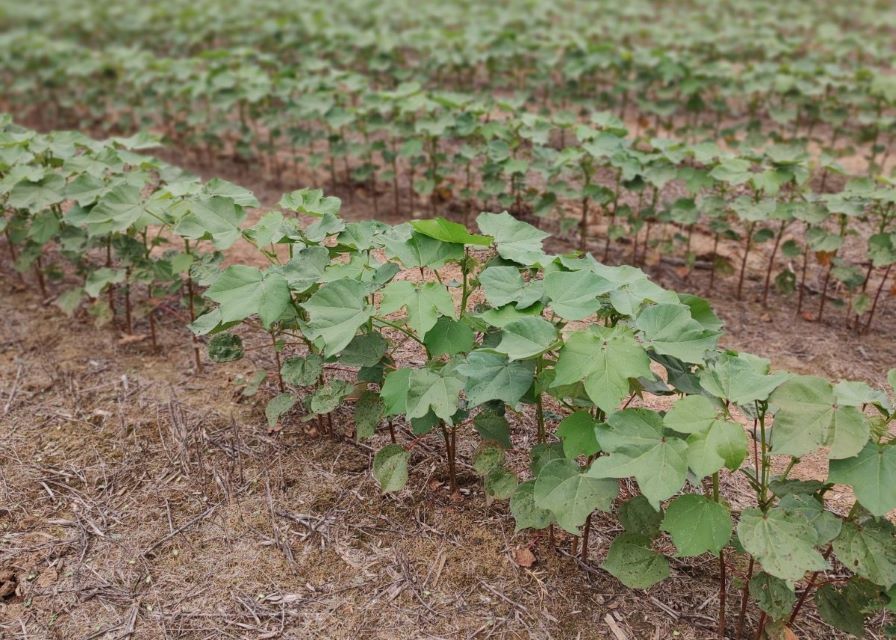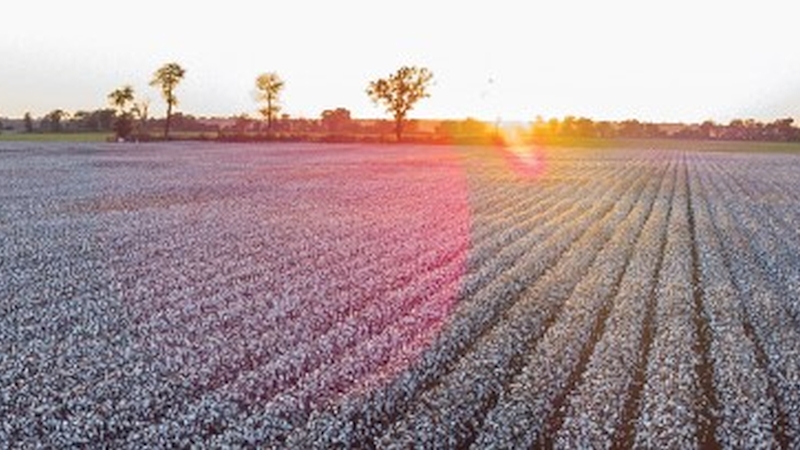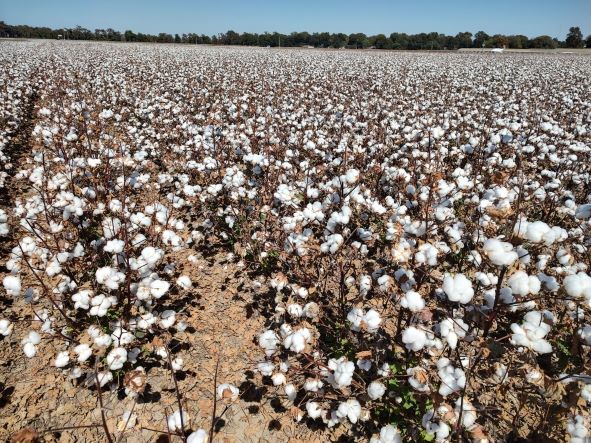Tariffs, Trade and Textiles
Uncertainty surrounding tariffs affects global trade and industry.
On Mar. 19, 2025, Jerome Powell, Chair of the United States Federal Reserve, indicated that tariffs have partly played its role with the elevated inflation situation. Given the headline inflation is at 2.8%, federal interest rate remains at 4.25-4.5%, which will influence consumer spending. Surveys indicate consumer confidence is down, which, in turn, will affect the buying of non-essential items that depend on discretionary spending.
Speaking about tariffs, Powell stated, “They tend to bring growth down, and they tend to bring inflation up.”
On Mar. 20, 2025, the Bank of England also chose to maintain the current interest rate at 4.5% while its domestic economy is weak. Again, the global economic uncertainty due to tariff situations has weighed heavily to maintain the current interest rate.
The United States, China, and India – all with a sizeable middle-class population – have interests in textiles as they engage in exporting and importing fibers and textiles. The U.S. is the largest market for consumer goods, and its economy matters for global trade. While the U.S. economy is on strong footing, this year’s growth will be slightly less than expected at 1.7%. According to the Federal Reserve’s Powell, growth in the next two years will be slightly less than 2%.
The tariff situation, consumers’ spending power, and, more importantly, confidence will determine the amount of trade in textiles and apparels. As textile manufacturing is labor intensive with less margins, the tariffs are not at a level to shift the manufacturing of commodity textiles to the United States. Developed economies like the U.S. and the European Union are poised to grow its advanced textiles sector. More importantly with EU countries committing to spending more on their defense budget, opportunities in defense, healthcare, and industrial textiles will grow and may support new investments.
So, what will the textiles sector’s landscape be in the tariff scenario?
Trade between China and the United States will see some change. China’s exports to the U.S. will take a hit. Other countries like Bangladesh, Vietnam, India, and Indonesia may see an increase in exports of apparels. However, industries with Chinese investments in Vietnam and low wage countries would see export enhancements.
China’s imports of U.S. cotton will show a decreasing trend, which is already happening due to its weak domestic consumption. But this can be offset by exporting to other major textiles and apparel manufacturing nations. How much that shift will be is difficult to predict at this uncertain time.
India is currently in the fourth position as an exporter of apparels to the United States. It is unlikely to see a sudden shift in its ranking, but its share of exports will increase. According to the U.S. Office of Textiles and Apparels, in 2024, India exported about US$4.69 billion worth of apparels in 2024, while Bangladesh exported about US$7.34 billion.
Being importers of cotton, Bangladesh, Vietnam, and Indonesia will have constraints in exponentially increasing its manufacturing, but their appetite for cotton will grow. India is poised to enhance its apparels exports to the United States.
India needs to increase its cotton availability by improving its productivity. This crop year (October 2024- September 2025), the production will be about 30 million bales (170 Kgs each), which is less than last year’s production. This scenario opens opportunity for cotton exporting countries to trade with India, while India maintains an 11% tariff of imported upland cottons. Presently, mills are showing interest in procuring cotton from Brazil, which comes out to be competitive in terms of price. The U.S. cotton sector needs to promote its cotton for its quality, timely delivery and after-sale support, although it is relatively highly priced against Brazilian cotton.
I recently discussed cotton trade dynamics with Velmurugan Shanmugam, general manager of India-based Jayalakshmi Textiles, which has recently bought Brazilian cotton to blend with Indian cotton. According to Shanmugam, balancing the cost and quality of imported cotton is a critical activity while making decisions on purchasing imported cotton. While Brazilian cotton comes out to be economical, United States cotton is still better in terms of nep counts, he stated.
Given the reciprocity tariff policy taking effect on April 2, textile trade with India will not be affected much as India’s basic custom duty on knitted products is 20%, and apparels’ tariff differential is normally about 7%. India will be competitive against China, as the United States has imposed 20% additional tariff over the existing ones, making it expensive from this point of view.
The Indian industry should utilize the opportunity to enhance its productivity and strengthen its cotton and synthetic base. Importantly, the apparel and garment sectors should increase the size of their product basket.
While it is difficult to predict the loss in export share of China to the United States, given the amount of export it has been doing in recent years, certainly other South Asian countries will benefit. This, in turn, provides opportunities for cotton exporting countries like the United States to realign its market space.
In the cotton trade, Brazil remains a competitor for the United States to penetrate India, but it is possible with coordinated marketing efforts.
The global textile landscape will see a shift.
Statements and opinions expressed in this article are solely those of the author.










